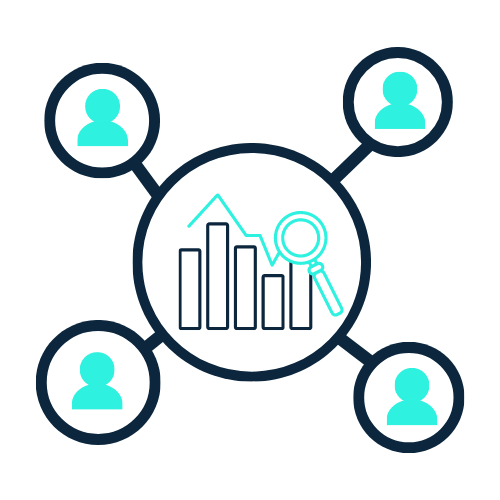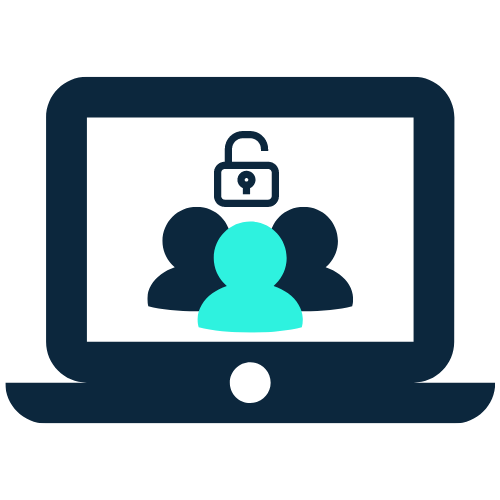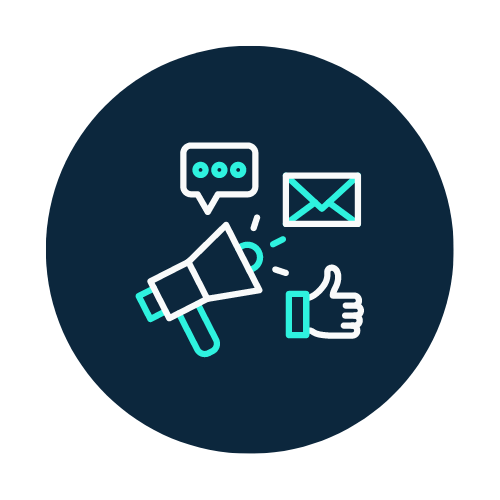Partners
Prospect material, deal registration, PO submission and more! Don't see those articles? Request more access below, and make sure you are signed in.

Contact Support
Open chat or review options below. View our product status page: https://status.livingsecurity.com. Reminder: Log in to see all options.

Human Risk Management (Unify)
Articles and FAQs about the Unify platform including how to onboard, implement, and effectively measure human risk.

Teams Platform
Articles and FAQs about Teams: CyberEscape Online and Virtual Tabletop experiences -scheduling, game play, and marketing materials.
Training Platform
Articles and FAQs about the Training Platform including marketing materials and content descriptions.

Phishing Simulator Tool
Articles and FAQs to set up, integrate, and leverage the phishing simulator tool.

Content Marketing & Resources
Detailed content information grouped by content type. Find Collection materials, Campaign in a Box, Infographics and more!

